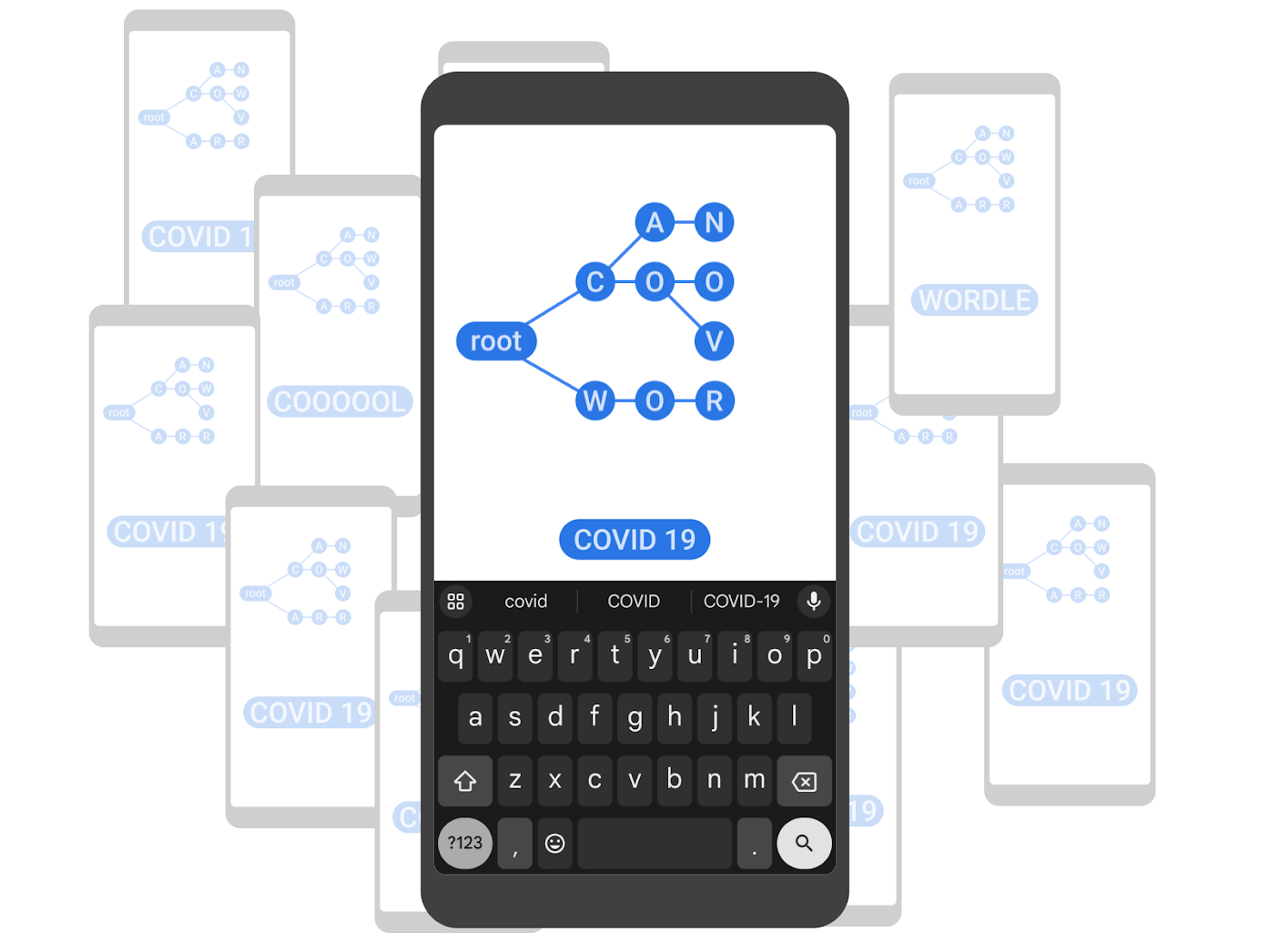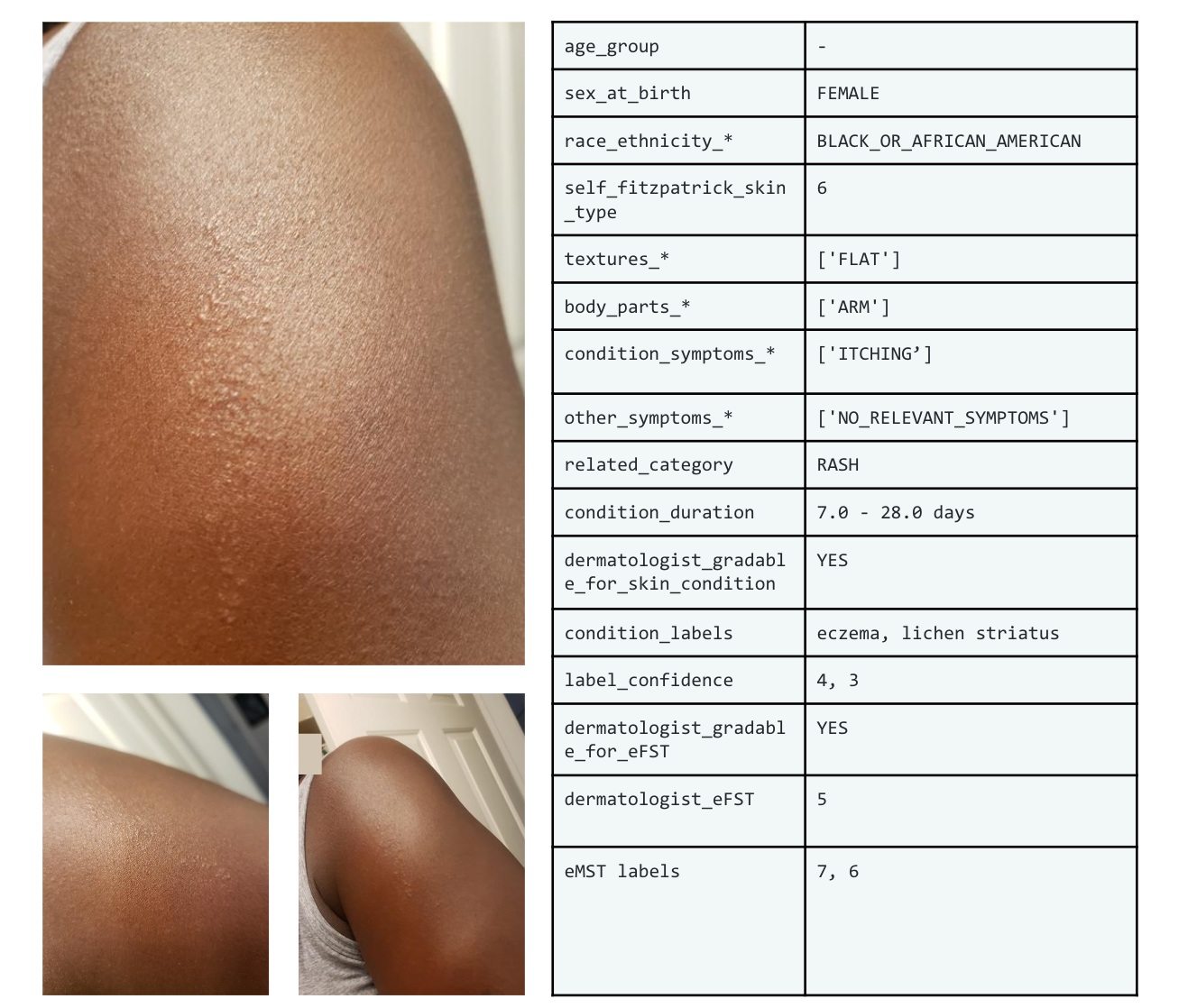
Building Your Own Neural Machine Translation System in TensorFlow
July 12, 2017
Posted by Thang Luong, Research Scientist, and Eugene Brevdo, Staff Software Engineer, Google Brain Team
Machine translation – the task of automatically translating between languages – is one of the most active research areas in the machine learning community. Among the many approaches to machine translation, sequence-to-sequence ("seq2seq") models [1, 2] have recently enjoyed great success and have become the de facto standard in most commercial translation systems, such as Google Translate, thanks to its ability to use deep neural networks to capture sentence meanings. However, while there is an abundance of material on seq2seq models such as OpenNMT or tf-seq2seq, there is a lack of material that teaches people both the knowledge and the skills to easily build high-quality translation systems.
Today we are happy to announce a new Neural Machine Translation (NMT) tutorial for TensorFlow that gives readers a full understanding of seq2seq models and shows how to build a competitive translation model from scratch. The tutorial is aimed at making the process as simple as possible, starting with some background knowledge on NMT and walking through code details to build a vanilla system. It then dives into the attention mechanism [3, 4], a key ingredient that allows NMT systems to handle long sentences. Finally, the tutorial provides details on how to replicate key features in the Google’s NMT (GNMT) system [5] to train on multiple GPUs.
The tutorial also contains detailed benchmark results, which users can replicate on their own. Our models provide a strong open-source baseline with performance on par with GNMT results [5]. We achieve 24.4 BLEU points on the popular WMT’14 English-German translation task.
Other benchmark results (English-Vietnamese, German-English) can be found in the tutorial.
In addition, this tutorial showcases the fully dynamic seq2seq API (released with TensorFlow 1.2) aimed at making building seq2seq models clean and easy:
- Easily read and preprocess dynamically sized input sequences using the new input pipeline in tf.contrib.data.
- Use padded batching and sequence length bucketing to improve training and inference speeds.
- Train seq2seq models using popular architectures and training schedules, including several types of attention and scheduled sampling.
- Perform inference in seq2seq models using in-graph beam search.
- Optimize seq2seq models for multi-GPU settings.
Core contributors
Thang Luong, Eugene Brevdo, and Rui Zhao.
Acknowledgements
We would like to especially thank our collaborator on the NMT project, Rui Zhao. Without his tireless effort, this tutorial would not have been possible. Additional thanks go to Denny Britz, Anna Goldie, Derek Murray, and Cinjon Resnick for their work bringing new features to TensorFlow and the seq2seq library. Lastly, we thank Lukasz Kaiser for the initial help on the seq2seq codebase; Quoc Le for the suggestion to replicate GNMT; Yonghui Wu and Zhifeng Chen for details on the GNMT systems; as well as the Google Brain team for their support and feedback!
References
[1] Sequence to sequence learning with neural networks, Ilya Sutskever, Oriol Vinyals, and Quoc V. Le. NIPS, 2014.
[2] Learning phrase representations using RNN encoder-decoder for statistical machine translation, Kyunghyun Cho, Bart Van Merrienboer, Caglar Gulcehre, Dzmitry Bahdanau, Fethi Bougares, Holger Schwenk, and Yoshua Bengio. EMNLP 2014.
[3] Neural machine translation by jointly learning to align and translate, Dzmitry Bahdanau, Kyunghyun Cho, and Yoshua Bengio. ICLR, 2015.
[4] Effective approaches to attention-based neural machine translation, Minh-Thang Luong, Hieu Pham, and Christopher D Manning. EMNLP, 2015.
[5] Google’s Neural Machine Translation System: Bridging the Gap between Human and Machine Translation, Yonghui Wu, Mike Schuster, Zhifeng Chen, Quoc V. Le, Mohammad Norouzi, Wolfgang Macherey, Maxim Krikun, Yuan Cao, Qin Gao, Klaus Macherey, Jeff Klingner, Apurva Shah, Melvin Johnson, Xiaobing Liu, Łukasz Kaiser, Stephan Gouws, Yoshikiyo Kato, Taku Kudo, Hideto Kazawa, Keith Stevens, George Kurian, Nishant Patil, Wei Wang, Cliff Young, Jason Smith, Jason Riesa, Alex Rudnick, Oriol Vinyals, Greg Corrado, Macduff Hughes, Jeffrey Dean. Technical Report, 2016.


